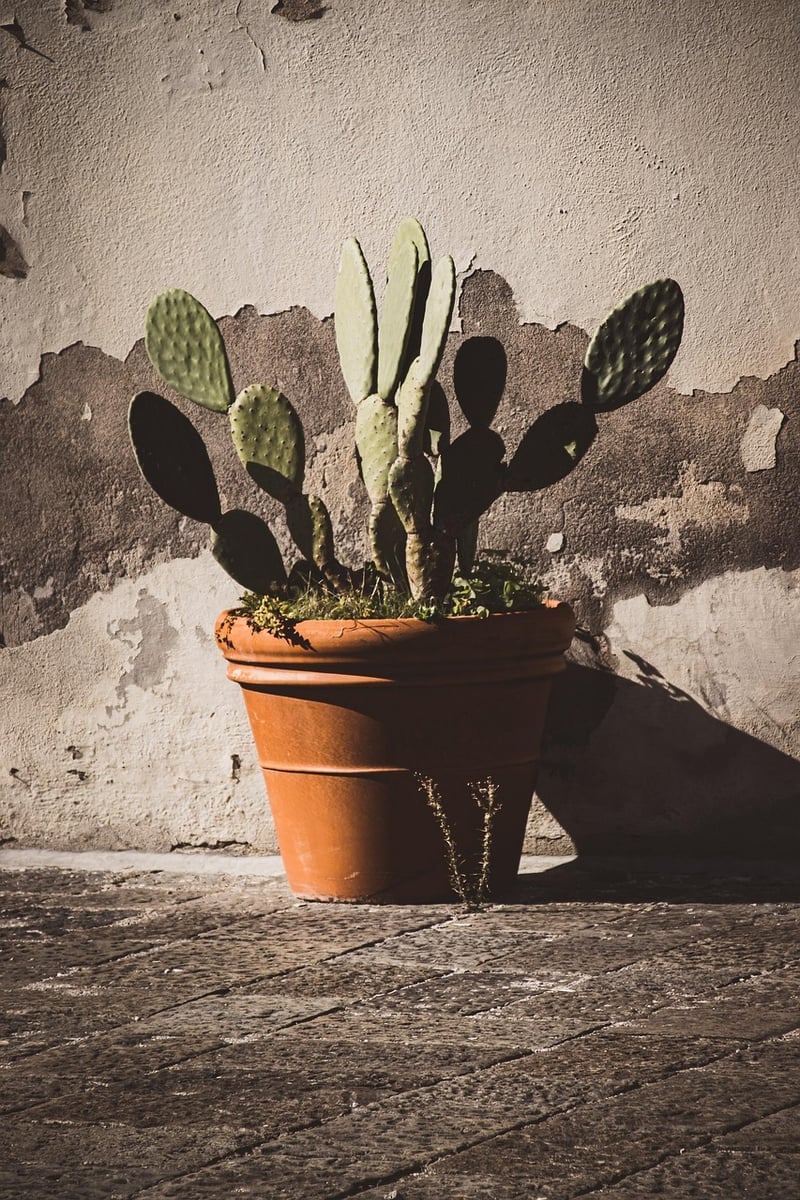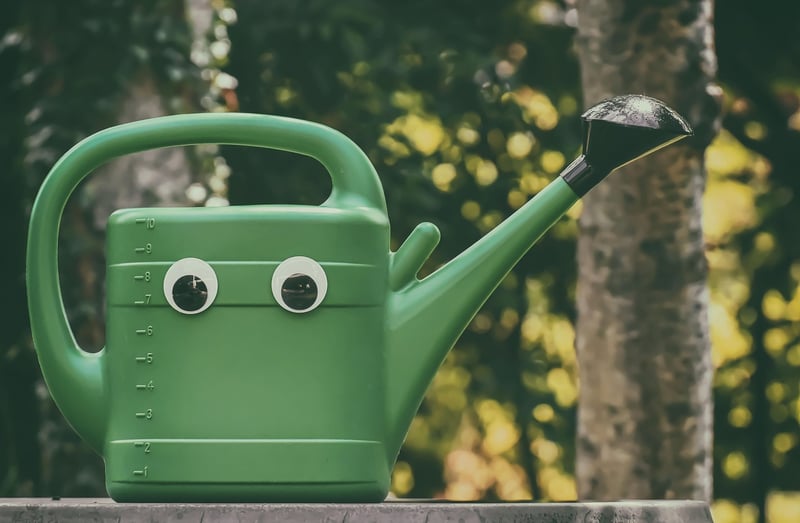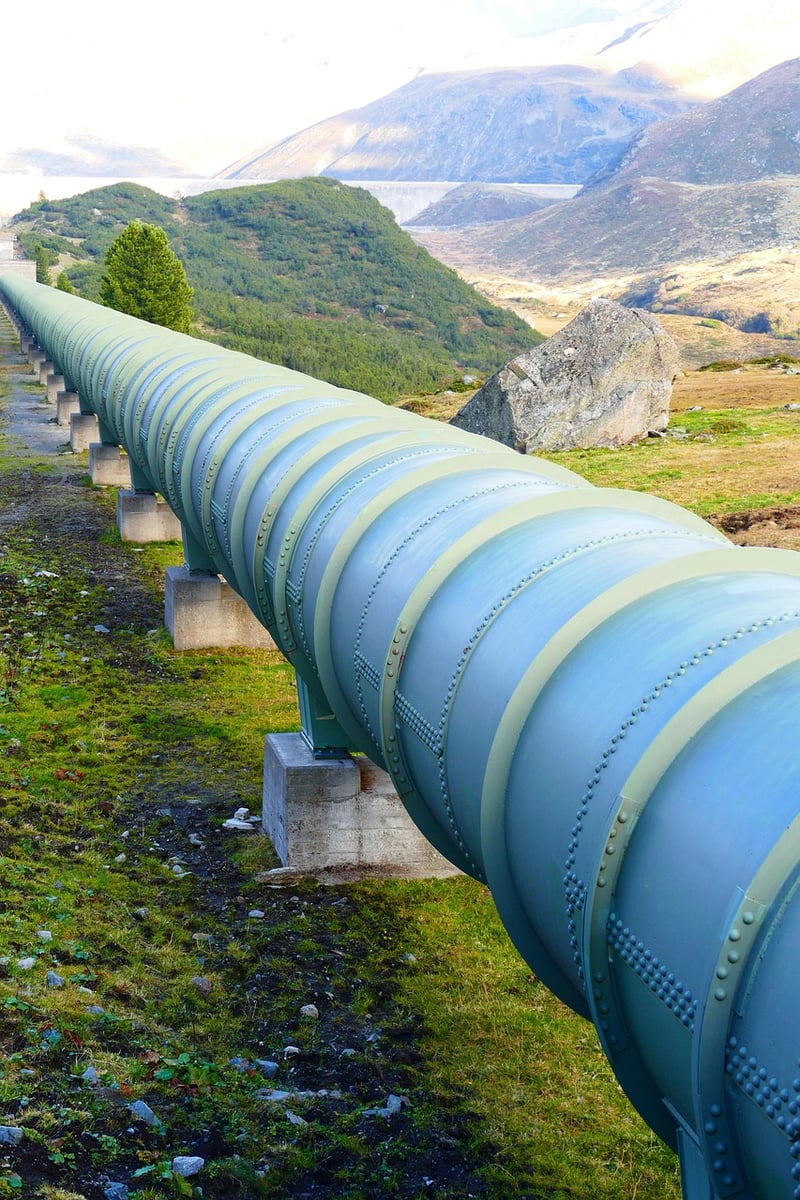Watering Guide
Optimize Plant Growth and Watering Guide
Introduction to Plant Growth Optimization
Optimizing plant growth involves providing the right conditions for plants to thrive and flourish. It encompasses various factors such as sunlight, water, soil quality, nutrients, and proper care.
Watering Guide for Healthy Plants
Water is essential for plant growth as it aids in nutrient absorption and photosynthesis. However, overwatering or underwatering can harm plants. Follow this watering guide to ensure your plants stay healthy:
1. Know Your Plant's Watering Needs
Different plants have varying water requirements. Research your plant species to understand how much water they need and how often they should be watered.
2. Check the Soil Moisture
Before watering, check the soil moisture by inserting your finger into the soil. If it feels dry to the touch, it's time to water. Avoid watering if the soil is still moist.
3. Water in the Morning
Water your plants in the morning to allow for absorption during the day. Avoid watering in the evening to prevent prolonged moisture on leaves, which can lead to fungal diseases.
4. Use the Right Watering Technique
Water the base of the plant directly to ensure the roots receive moisture. Avoid watering the leaves as it can promote disease development.
5. Consider Water Quality
Use room temperature water to avoid shocking the plant's roots. If possible, collect rainwater or let tap water sit out overnight to allow chlorine to dissipate.
6. Adjust Watering Based on Season
Plants may need more water during hot summer months and less during the dormant winter period. Adjust your watering frequency accordingly.
Conclusion
By following these watering guidelines and optimizing plant growth conditions, you can ensure your plants thrive and remain healthy. Remember to observe your plants regularly and adjust care as needed to promote optimal growth.


